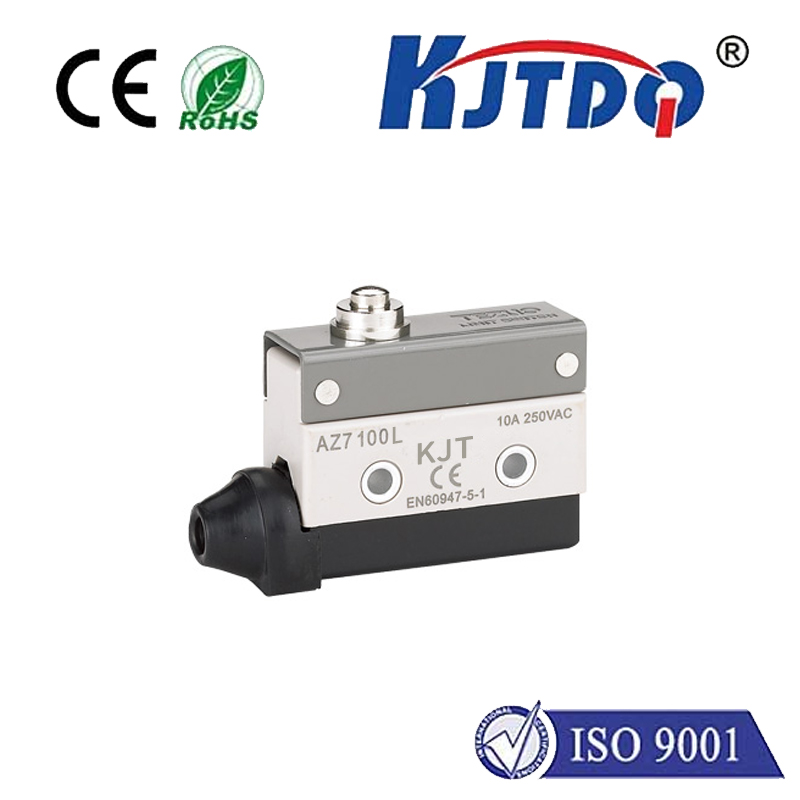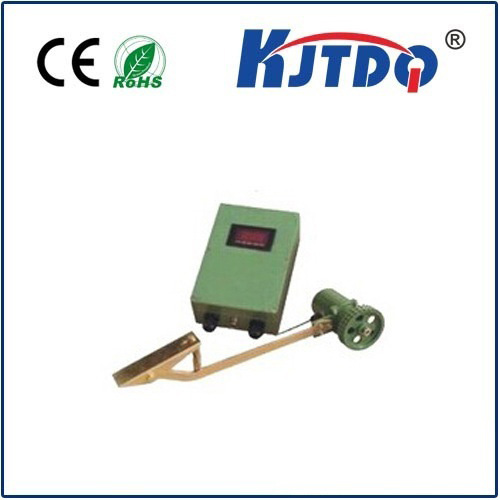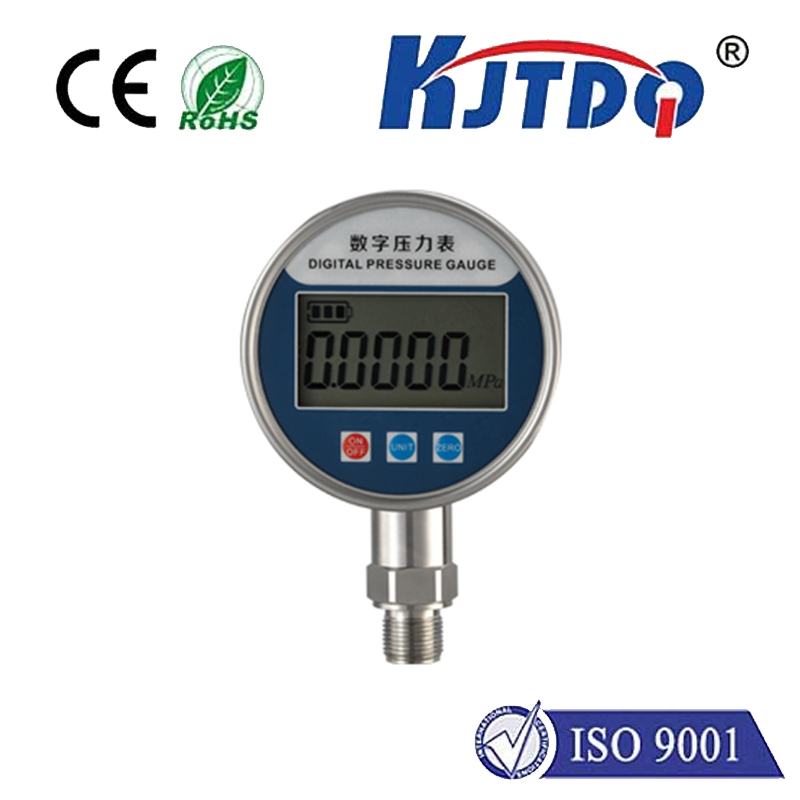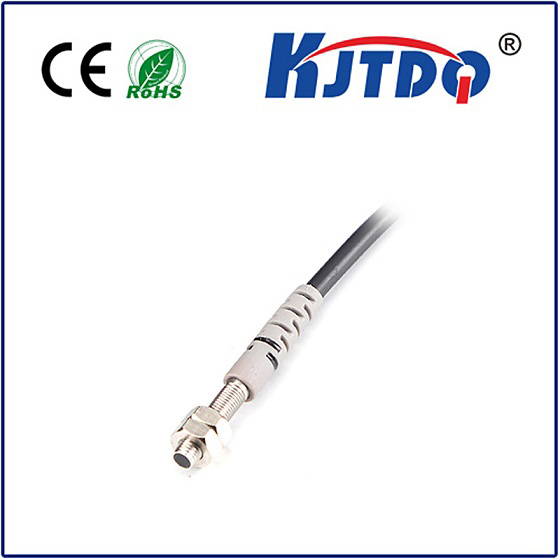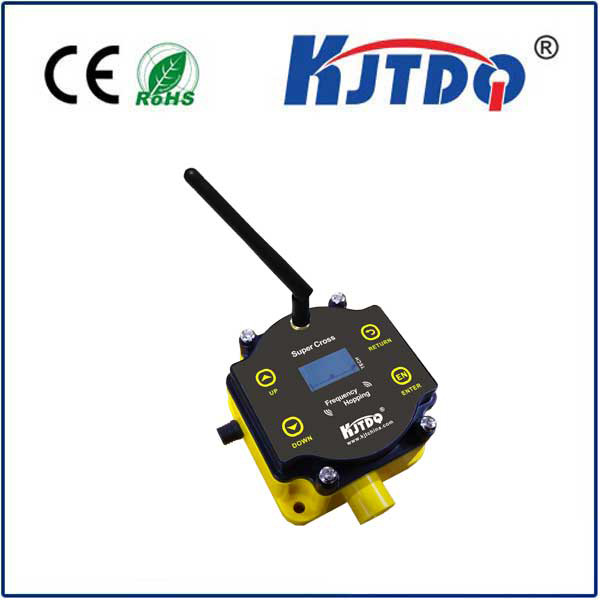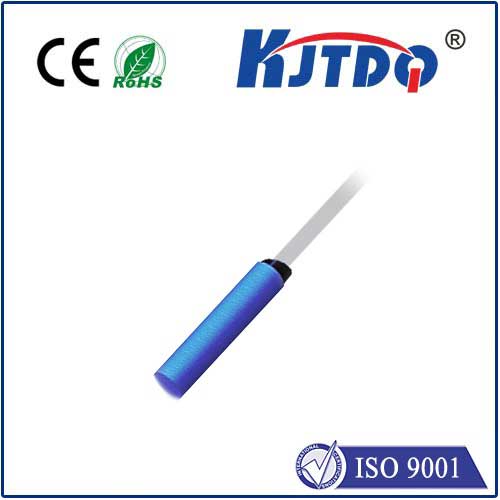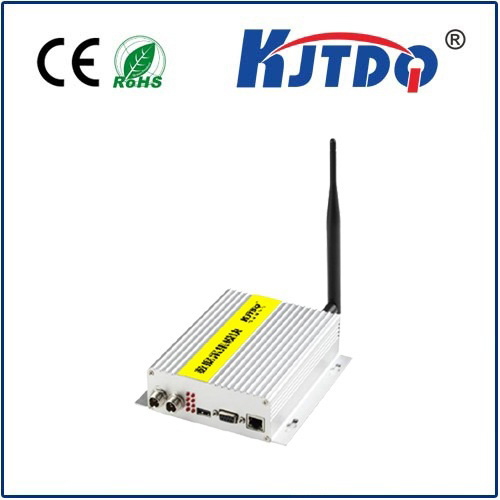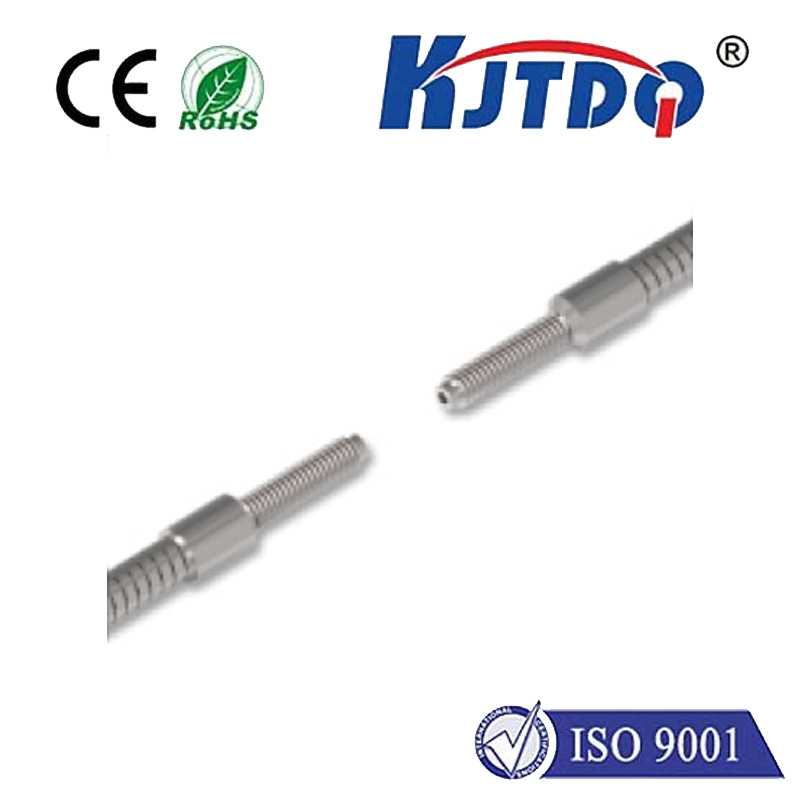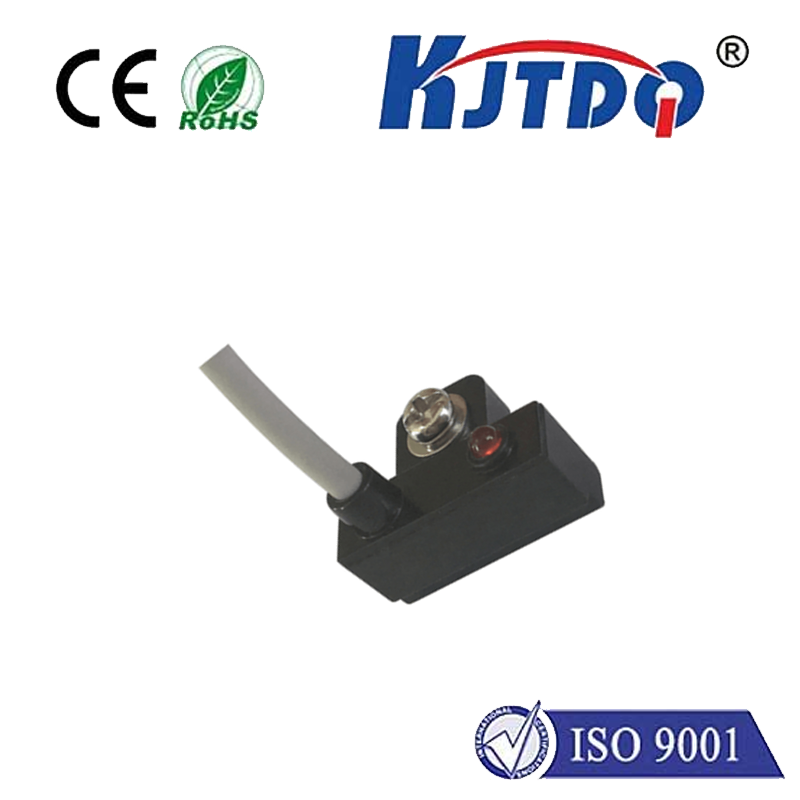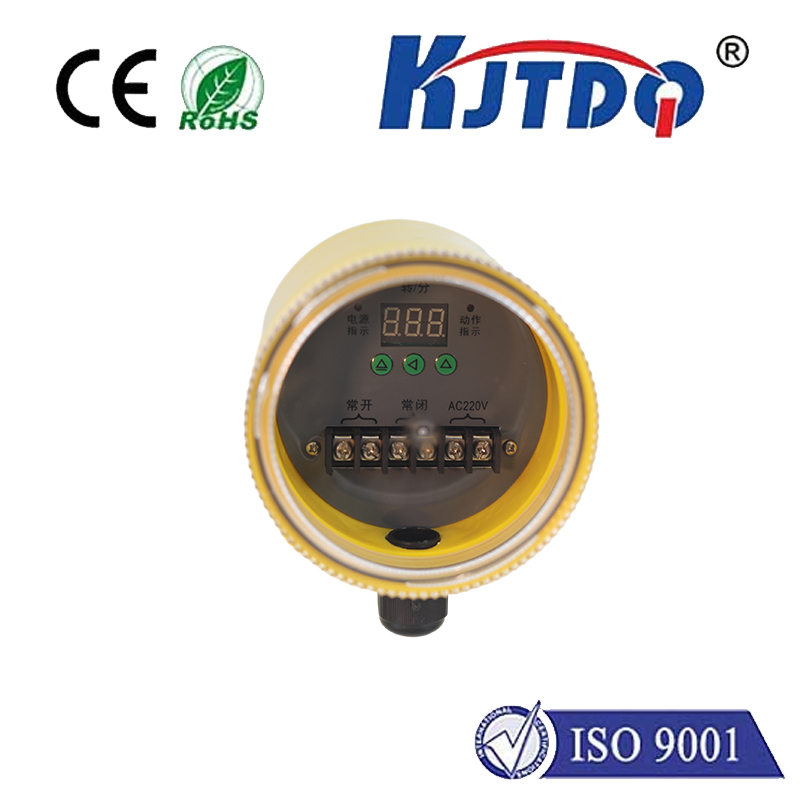

check

check

check

check

check

check

check

check

check

check
Title: Breaking Beam Sensors: Revolutionizing Road Safety
Introduction to Breaking Beam Sensors
Breaking Beam sensors, also known as forward collision warning (FCW) systems, are innovative technologies designed to detect potential collisions with oncoming vehicles. These sensors use a variety of techniques, including radar, laser, and ultrasonic sensors, to emit an alarm when a vehicle is about to collide with another object or pedestrian. This technology has become increasingly popular in recent years due to its ability to improve road safety and reduce the number of accidents caused by human error. In this article, we will discuss the working principle, advantages, and applications of breaking beam sensors.
Working Principle of Breaking Beam Sensors
The primary function of a breaking beam sensor is to detect when a vehicle is about to collide with another object or pedestrian. This is achieved through the detection of changes in the beam's frequency or intensity. When the sensor detects an impending collision, it sends a signal to the vehicle's onboard computer, which then activates the warning system. The warning system can display a warning message on the dashboard or emit an audible alert to the driver.
Types of Breaking Beam Sensors
There are several types of breaking beam sensors available on the market today, each with its unique features and capabilities. Some common types include:

1. Radar sensors: These sensors use radar technology to detect objects and vehicles in their immediate surroundings. They are highly accurate and can provide real-time information to the driver.
2. Laser sensors: These sensors use laser technology to create a pattern of light that is reflected off objects in the vehicle's path. The sensor then measures the changes in the pattern to determine if there is a potential collision.
3. Ultrasonic sensors: These sensors use sound waves to detect objects and vehicles in their environment. They are less expensive than radar and laser sensors but may have lower accuracy.
Advantages of Breaking Beam Sensors
There are several advantages to using breaking beam sensors in vehicles:
1. Improved Road Safety: Breaking beam sensors can help prevent accidents caused by human error, such as distracted driving or speeding. By alerting drivers to potential collisions, these sensors can save countless lives each year.
2. Enhanced Efficiency: Removing human errors from the driving process can lead to more efficient traffic flow and fewer traffic jams. This can also reduce fuel consumption and emissions, benefiting both the environment and consumers.
3. Cost Savings: While initial installation costs for breaking beam sensors can be high, they can ultimately save drivers money by preventing accidents and reducing repair costs associated with collisions.
Applications of Breaking Beam Sensors
Breaking beam sensors have numerous applications in various industries, including transportation, construction, and industrial manufacturing. Some specific examples include:
1. Construction Vehicles: Breaking beam sensors can be used to prevent accidents while carrying heavy loads or during tight turns on narrow construction sites.
2. Industrial Vehicles: These sensors can be installed on forklifts, cranes, and other industrial equipment to detect potential collisions with obstacles or other vehicles on the work site.
3. Public Transportation: Breaking beam sensors can be installed on buses, trains, and other forms of public transportation to improve safety and reduce accidents.
Conclusion
In conclusion, breaking beam sensors have revolutionized road safety by providing advanced warning systems that can prevent accidents caused by human error. As technology continues to advance, it is likely that these sensors will become even more sophisticated and widely adopted across various industries and sectors. With their ability to improve road safety and reduce accidents, breaking beam sensors are undoubtedly an important innovation in our modern world.
